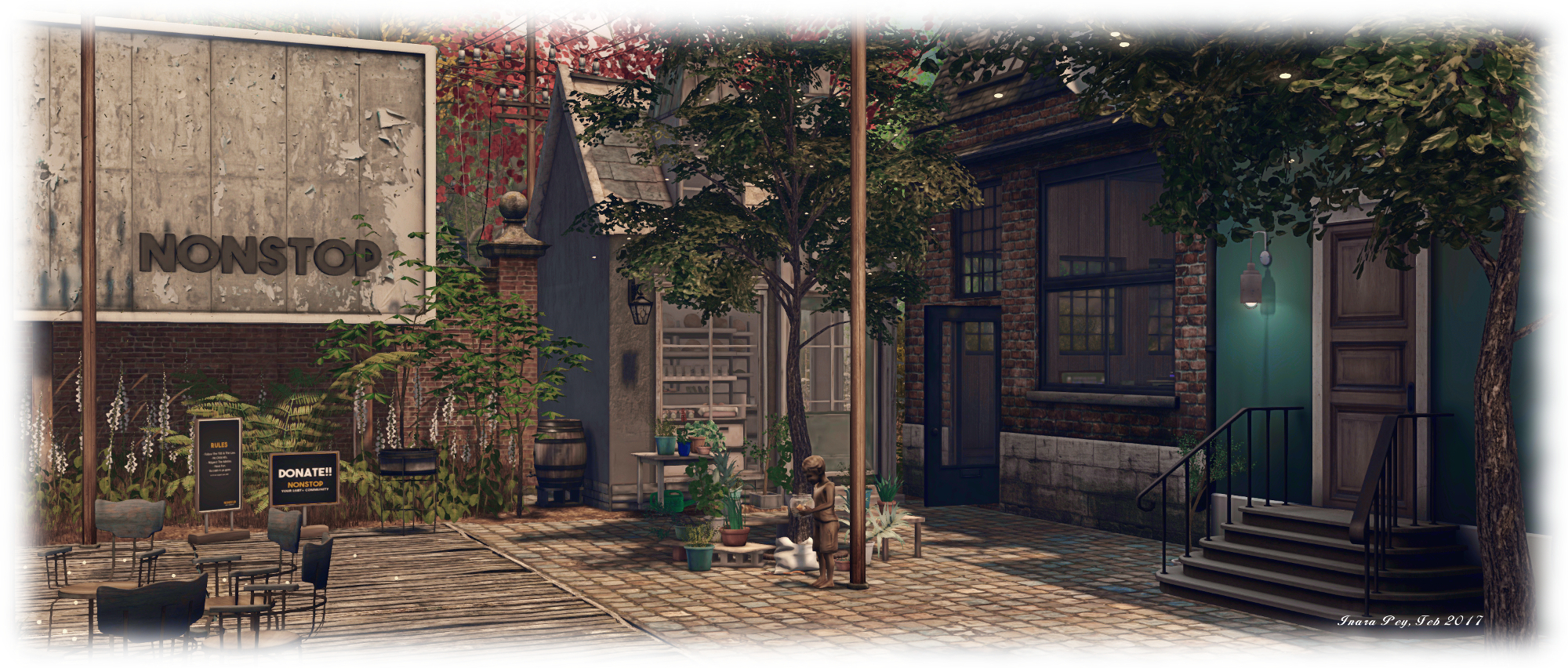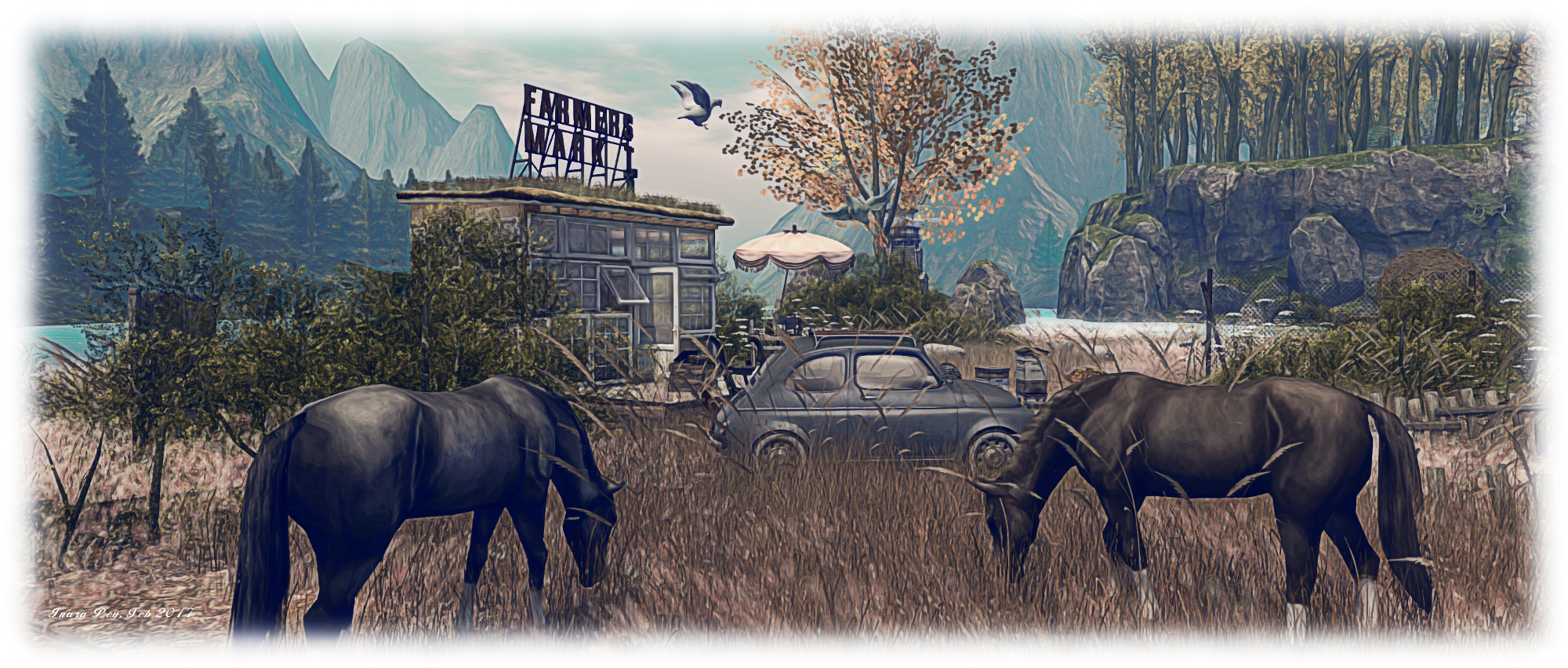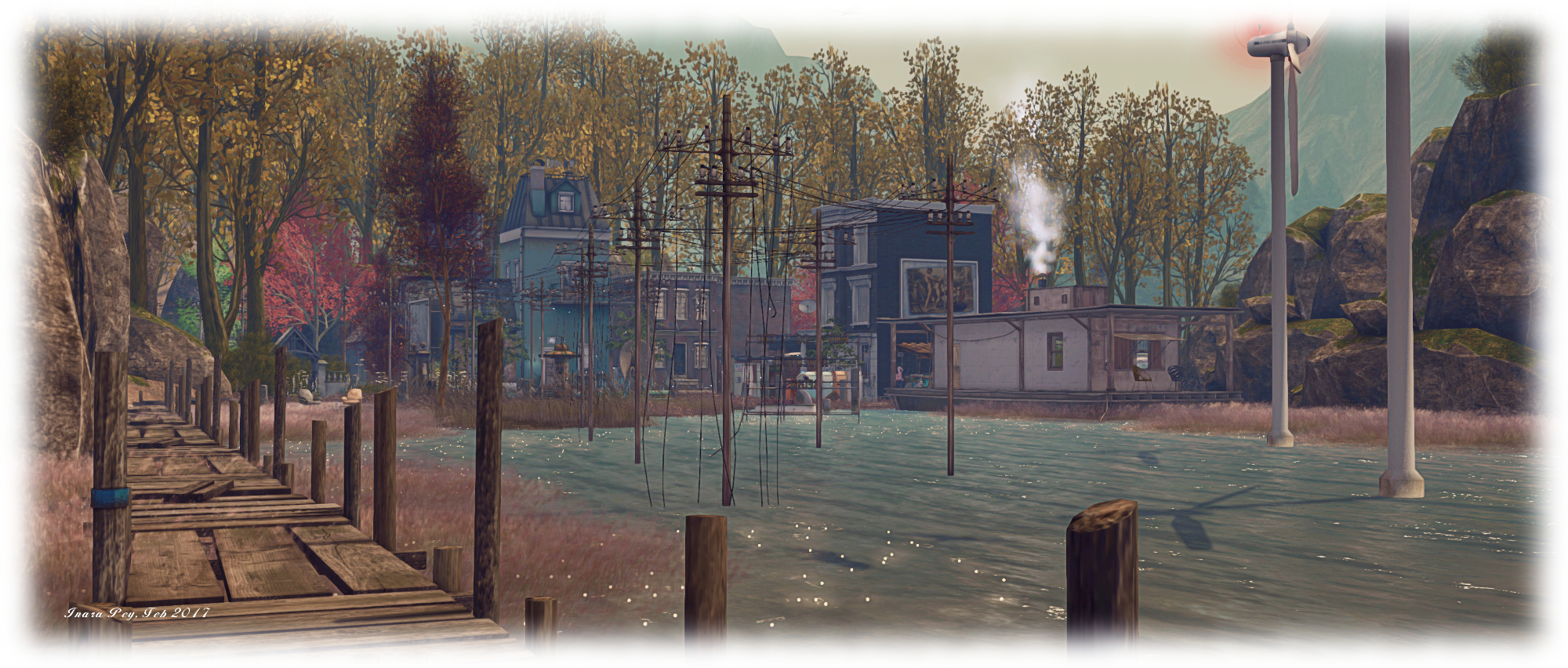
Mars scientists are wrestling with a problem. Ample evidence says ancient Mars was sometimes wet, with water flowing and pooling on the planet’s surface. Yet, the ancient sun was about one-third less warm and climate modellers struggle to produce scenarios that get the surface of Mars warm enough for keeping water unfrozen.
A leading theory is that ancient Mars had a thicker carbon-dioxide atmosphere forming a greenhouse-gas blanket, helping to warm the surface. However an analysis of data from NASA’s Mars rover Curiosity, suggests that even 3.5 billion years ago there was too little carbon dioxide present in the Martian atmosphere to provide enough greenhouse-effect warming to prevent water freezing.
The source of these findings is the very same bedrock in which the rover found sediments from an ancient lake in which microbes might have thrived. When analysing the bedrock, Curiosity detected no carbonate minerals, leading to the conclusion that Mars’ atmosphere was almost devoid of carbon dioxide when the lake existed 3.5 billion years ago. And that’s a quandary for scientists.

“We’ve been particularly struck with the absence of carbonate minerals in sedimentary rock the rover has examined,” Thomas Bristow, the principal investigator for Curiosity’s Chemistry and Mineralogy (CheMin) instrument, the primary source of the analysis work. “It would be really hard to get liquid water even if there were a hundred times more carbon dioxide in the atmosphere than what the mineral evidence in the rock tells us.”
In water, carbon dioxide combines with positively charged ions such as magnesium and ferrous iron to form carbonate minerals, and CheMin can identify carbonate if it makes up just a few percent of the rock. Yet Curiosity has made no definitive detection of carbonates in any lakebed rocks sampled since it landed in Gale Crater in 2012. However, other minerals – magnetite and clay minerals – not only indicated in the same rocks indicate the ions needed to form carbonates were readily available, they also provide evidence that subsequent conditions never became so acidic that carbonates would have dissolved away over time.
The dilemma between a warm, wet Mars and the lack of carbonates has actually been growing for years. For two decades researchers have been using spectrometers on Mars orbiters to search for carbonate that could have resulted from an early era of more abundant carbon dioxide in the atmosphere, only to find far less than anticipated. Yet clues such as isotope ratios in today’s Martian atmosphere continue to indicate the planet once held a much denser atmosphere than it does now, which has largely been seen as being rich in carbon dioxide. Thus, a paradox has arisen.

It had been thought that the lack of evidence for carbonates when seen from orbit could simply be the result of dust covering them, or the carbonates having moved underground. Finding them would thus resolve the paradox and reveal what had happened. However, the Curiosity results tend to overturn this idea. Simply put, the rover has failed to detect carbonate minerals precisely where they should be located, within rocks formed from sediments deposited under water.
“This analysis fits with many theoretical studies that the surface of Mars, even that long ago, was not warm enough for water to be liquid,” said Robert Haberle, a Mars-climate scientist at NASA Ames. “It’s really a puzzle to me.”
One idea put forward is that perhaps the lake was never a body of open water, but was covered in ice. The problem with this idea is none of the expected evidence for an ice-covered lake, such as large and deep cracks called ice wedges, or “dropstones,” which become embedded in soft lakebed sediments when they penetrate thinning ice, have been found. Thus, scientists have a lot of head scratching and theorising to do in order to make sense of the dilemma.
Traversing Mars with Curiosity

Ever wondered what it would be like to witness Curiosity trundling across the surface of Mars? Seán Doran has. What’s more, he’s been putting together animated films using Digital Terrain Model (DTM) data from the HiRISE imaging system on NASA’s Mars Reconnaissance Orbiter together with photomosaics of images from the rover, and combining them with a drivable correctly scaled model of the rover to provide movies of Curiosity as it rolls across Mars.
Continue reading “Space Sunday: Martian quandaries, universal epochs and Jovian journeys”






